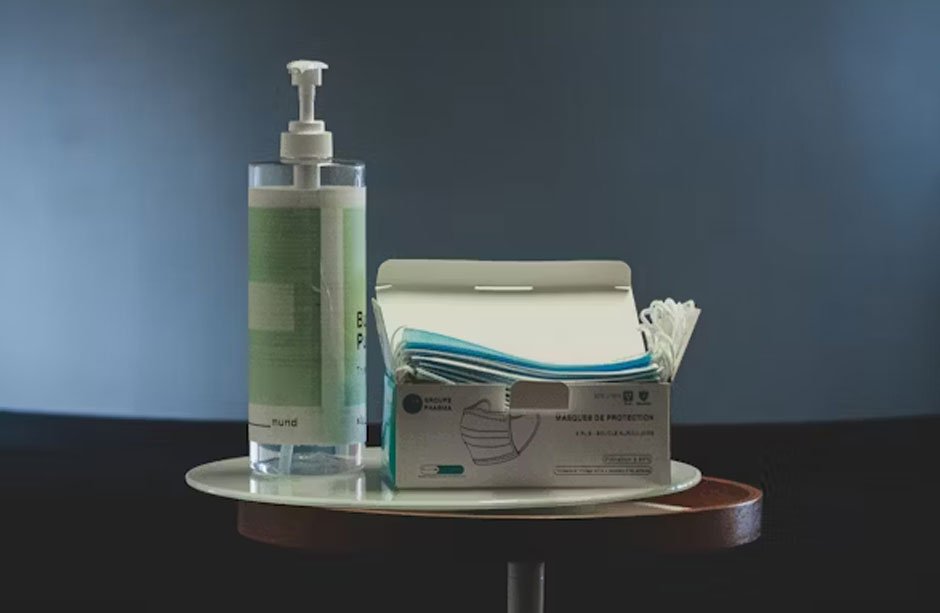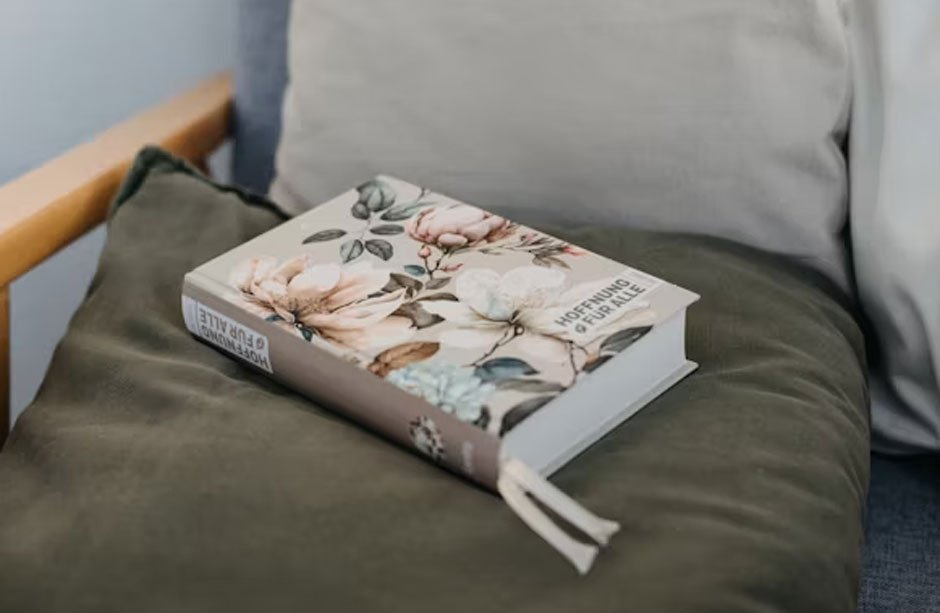In a world that glorifies hustle culture and constant productivity, the concept of self-care has been simultaneously overused and underutilized. We’ve transformed it into face masks and bubble baths—pleasant, yes, but barely scratching the surface of what it means to truly care for ourselves. For those of us navigating creative careers and passions, self-care isn’t just about pampering; it’s about building a foundation that sustains our creativity, energy, and overall wellbeing.
The creative process demands so much from us—mental clarity, emotional resilience, physical stamina, and that elusive spark of inspiration. Yet we often neglect the very practices that could fuel these elements. We stay up late chasing deadlines, skip meals during intensive work sessions, and treat our bodies like machines that should run indefinitely without maintenance. The truth? Our daily rituals shape not just our health, but our creative capacity, our mood, and our ability to show up fully in our work and relationships.
The Foundation: Understanding Your Personal Ecosystem
Before we dive into specific practices, we need to acknowledge something crucial: your body and mind operate as an interconnected ecosystem. When one element suffers, everything else compensates—often poorly. That persistent creative block? It might be rooted in poor sleep quality. That afternoon energy crash? Perhaps it’s not just about caffeine, but about how you’re nourishing yourself throughout the day.
Creative professionals often pride themselves on powering through discomfort, on sacrificing physical needs for artistic output. I’ve been there—living on coffee and adrenaline, convinced that rest was for people with less ambitious goals. What I eventually learned, through burnout and recovery, is that our creative capacity is finite and precious. It requires tending, not exploitation.
Start by observing your own patterns without judgment. What time of day do you feel most energized? When does your focus wane? How do different foods, activities, or social interactions affect your mood and productivity? This awareness becomes the foundation for building rituals that work with your natural rhythms rather than against them.
Consider keeping a simple journal for a week—nothing elaborate, just noting your energy levels, mood, and creative output alongside what you ate, how you slept, and what activities filled your day. Patterns will emerge. Maybe you’ll discover that your best ideas come during morning walks, or that evening screen time directly correlates with restless nights. These insights are invaluable because they’re yours, not borrowed from someone else’s optimization protocol.
The Details We Dismiss: Small Habits, Significant Impact
We tend to focus on big transformations while overlooking the small, consistent actions that actually move the needle. Consider hydration—boring, right? Yet chronic dehydration affects cognitive function, mood, creativity, and energy levels. Or sleep quality, which impacts everything from immune function to emotional regulation to problem-solving abilities.
But there’s one aspect of daily care that often gets even less attention: oral health. Yes, really. Before you skip this section thinking you know the basics, consider this: your oral health is intimately connected to your overall wellbeing in ways that extend far beyond cavities. Research increasingly links oral inflammation to heart disease, diabetes, respiratory conditions, and even cognitive decline. For creatives who rely on mental clarity and sustained energy, this connection matters.
Traditional brushing and flossing are important, but they often miss food particles and bacteria in hard-to-reach areas. This is where technology has genuinely improved our options. Modern oral irrigators, like those from Panasonic, use targeted water pressure to clean between teeth and along the gumline more effectively than traditional methods alone. It’s not glamorous, but it’s the kind of upgrade that compounds over time—better oral health leads to reduced inflammation, which supports better overall health, which sustains the energy and clarity you need for creative work.
The key is finding tools and methods that are so convenient you’ll actually use them consistently. A complicated routine that requires significant willpower will eventually fail. A simple upgrade that fits seamlessly into your existing habits? That sticks.
Think about your current evening routine. If brushing your teeth is already habitual, adding an oral irrigator takes an extra minute but significantly enhances the outcome. It’s the same principle as upgrading from instant coffee to a better brewing method—the time investment is minimal, but the daily experience improves substantially.
This philosophy applies across your self-care practices. You don’t need to overhaul everything at once. Instead, identify which daily habits you already maintain consistently, then look for small upgrades within those existing routines. Already take evening walks? Add a mindfulness component by leaving your phone at home. Already cook dinner most nights? Experiment with one new vegetable or preparation method each week. Already read before bed? Choose books that genuinely nourish you rather than just passing time.

Creating Rituals, Not Routines
There’s a subtle but important distinction between routines and rituals. Routines are mechanical—brush teeth, make coffee, check email. Rituals involve intention and presence. They’re routines infused with meaning and attention.
Transform your morning coffee from a caffeine delivery system into a ritual by fully engaging with the process. Feel the warmth of the mug, notice the aroma, take five minutes to sit without scrolling or planning. This isn’t about productivity—it’s about starting your day in your body rather than immediately launching into your head.
The same principle applies to how you care for your physical self. Your evening skincare routine can be a mindless series of products applied while mentally reviewing tomorrow’s to-do list, or it can be a transition ritual that signals to your nervous system that the workday is complete and rest is coming. The physical actions might be identical, but the internal experience differs vastly.
For creative people especially, these transitional rituals serve an important function: they create boundaries between different modes of being. When your workspace is also your living space, and your creative identity feels inseparable from your personal identity, intentional rituals help you switch gears. A specific playlist that plays only during creative work sessions. A particular tea you drink only while reading for pleasure. A walking route you take only when you need to process emotions or ideas.
These aren’t arbitrary rules—they’re psychological anchors that help your brain and body shift states more easily. Over time, they reduce the friction between productivity and rest, between creative mode and personal mode, between solitude and social engagement.
Consider what transitions currently feel jarring or difficult in your day. Waking up? Going to bed? Shifting from admin work to creative work? Design a small ritual for that transition. It might involve movement, breath, sound, scent, or touch—whatever sensory experience effectively signals the shift you’re making.

The Practice of Sustainable Excellence
Here’s what the productivity gurus often miss: sustainability trumps optimization. You can have the perfect morning routine, the ideal workflow, the most advanced tools—but if maintaining them depletes you, they’re ultimately counterproductive.
True self-care for creative professionals means building practices you can maintain during difficult periods, not just when life is smooth. Your wellness routines should be resilient enough to flex when you’re traveling, stressed, dealing with family obligations, or navigating creative blocks. This requires building in redundancy and simplicity.
Instead of a complex morning routine that requires perfect conditions, identify the non-negotiables—the two or three practices that genuinely make a difference in how you feel—and protect those fiercely. Everything else is a bonus. Maybe for you, it’s eight hours of sleep and morning movement. Or adequate protein and genuine social connection. Or creative work before admin tasks and time outside.
Get ruthlessly honest about what actually matters versus what you think should matter. I spent years forcing myself into morning yoga because it seemed like what a balanced creative should do. It never stuck. Walking while listening to music or podcasts? That I could maintain through virtually any circumstances because it genuinely delighted me rather than feeling like an obligation.
This same principle applies to tools and products. The best ones aren’t necessarily the most expensive or advanced—they’re the ones you’ll actually use. The fancy meditation app you never open isn’t serving you. The simple timer and cushion you use daily is. The elaborate skincare routine you follow inconsistently isn’t as valuable as the basic three-step practice you maintain without fail.
Pay attention to resistance. When you find yourself avoiding a particular practice, get curious about why. Is it genuinely not serving you, or have you made it unnecessarily complicated? Sometimes simplifying—taking things back to basics—reinvigorates a practice that had become burdensome.
Listening to Your Creative Rhythms
Creative work doesn’t flow consistently, and neither should your self-care approach. There are seasons for pushing boundaries and seasons for consolidating gains. Seasons for experimentation and seasons for reliable basics. Recognizing which season you’re in allows you to adjust your practices accordingly.
During intensive creative periods—when you’re deep in a project, approaching a deadline, or riding a wave of inspiration—your self-care might need to be extremely simple and efficient. This is when those streamlined, reliable practices prove their worth. You’re not building new habits during this time; you’re maintaining your baseline so you don’t crash afterward.
Conversely, during fallow creative periods—when inspiration feels elusive or you’re between projects—this is often the ideal time to upgrade your practices, experiment with new approaches, or address health aspects you’ve been postponing. Use creative downtime to build physical and mental reserves for the next intensive period.
Many creatives struggle with rest because it feels unproductive. But rest is productive—it’s when your brain processes experiences, consolidates learning, and makes unexpected connections. The insights that emerge during walks, showers, or quiet mornings aren’t random; they’re the result of giving your mind space to integrate.
Build white space into your days intentionally. Not as gaps to fill with more productivity, but as essential elements of your creative practice. Boredom isn’t something to immediately banish with entertainment—it’s often the precursor to interesting ideas. Stillness isn’t wasted time—it’s when internal signals become audible.

Bringing It Together: Your Personal Protocol
You don’t need to implement everything at once. In fact, you shouldn’t. Sustainable change happens gradually, through small upgrades that compound over time. Start with one area where improvement would make the biggest difference in how you feel daily.
Maybe it’s sleep quality because you’re constantly tired. Or nutrition because your energy crashes midday. Or movement because you’re stiff and restless. Or emotional processing because you’re carrying stress that interferes with creativity. Choose one, upgrade it thoughtfully, maintain it for a month, then reassess.
As you build your personal protocol, remember that it should evolve with you. What works during one life season might need adjustment during another. Stay flexible. The goal isn’t to achieve some perfect routine and maintain it forever—it’s to develop the awareness and skills to care for yourself effectively as circumstances change.
Document what works for you. Not to perform on social media or prove your commitment, but so you have reference points. When you feel good, notice what contributed to that. When you feel off, trace it back to what shifted. This awareness is a form of self-respect—you’re treating your wellbeing as worthy of attention and refinement.
Consider too that caring for yourself isn’t separate from your creative work—it’s foundational to it. The quality of your daily practices directly affects the quality of your creative output. Not because you’re optimizing for productivity, but because creativity emerges from your whole self, not just your mind. When your body feels good, when you’re properly rested and nourished, when you’re not operating in constant survival mode, you have more to give to your work.










